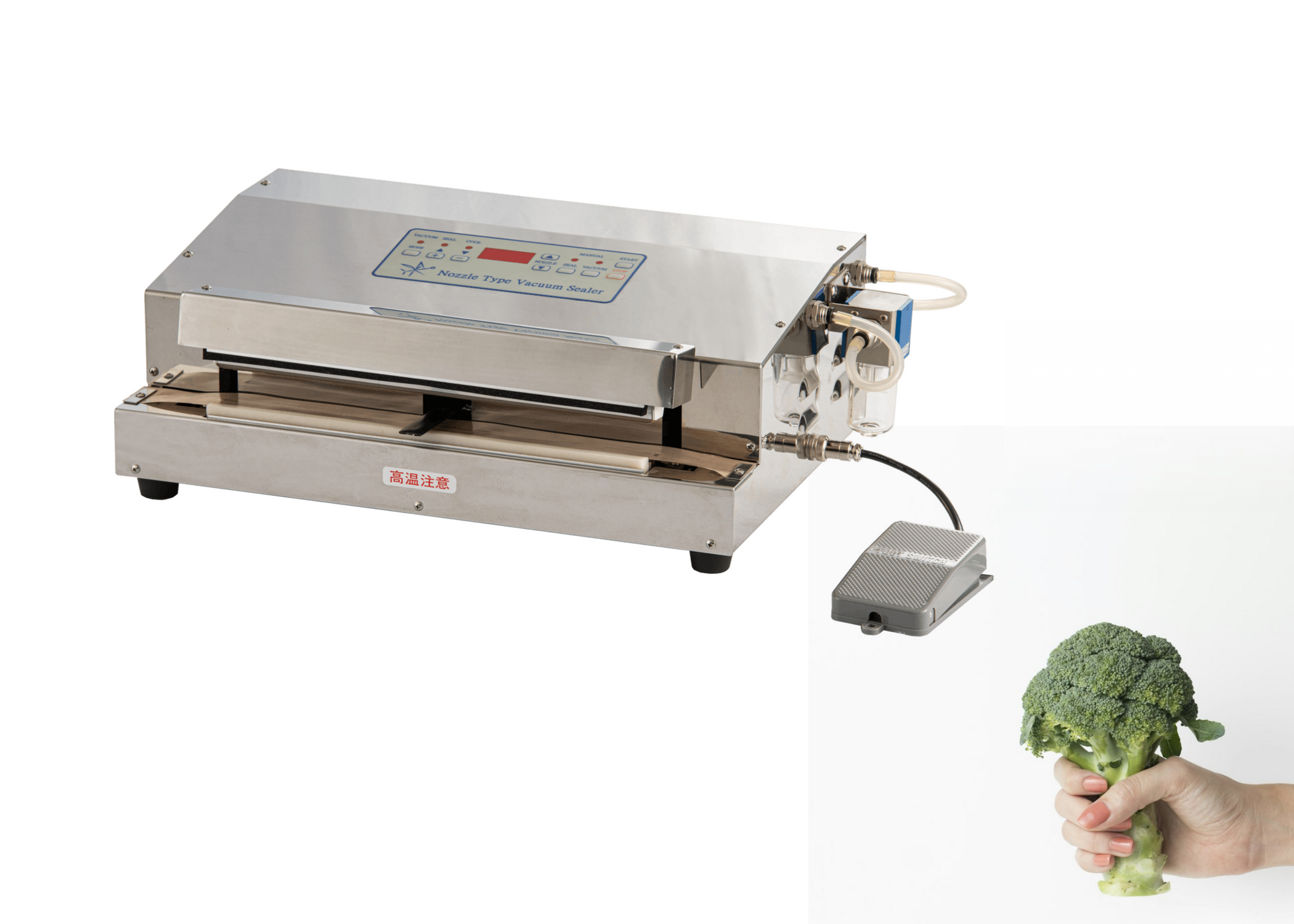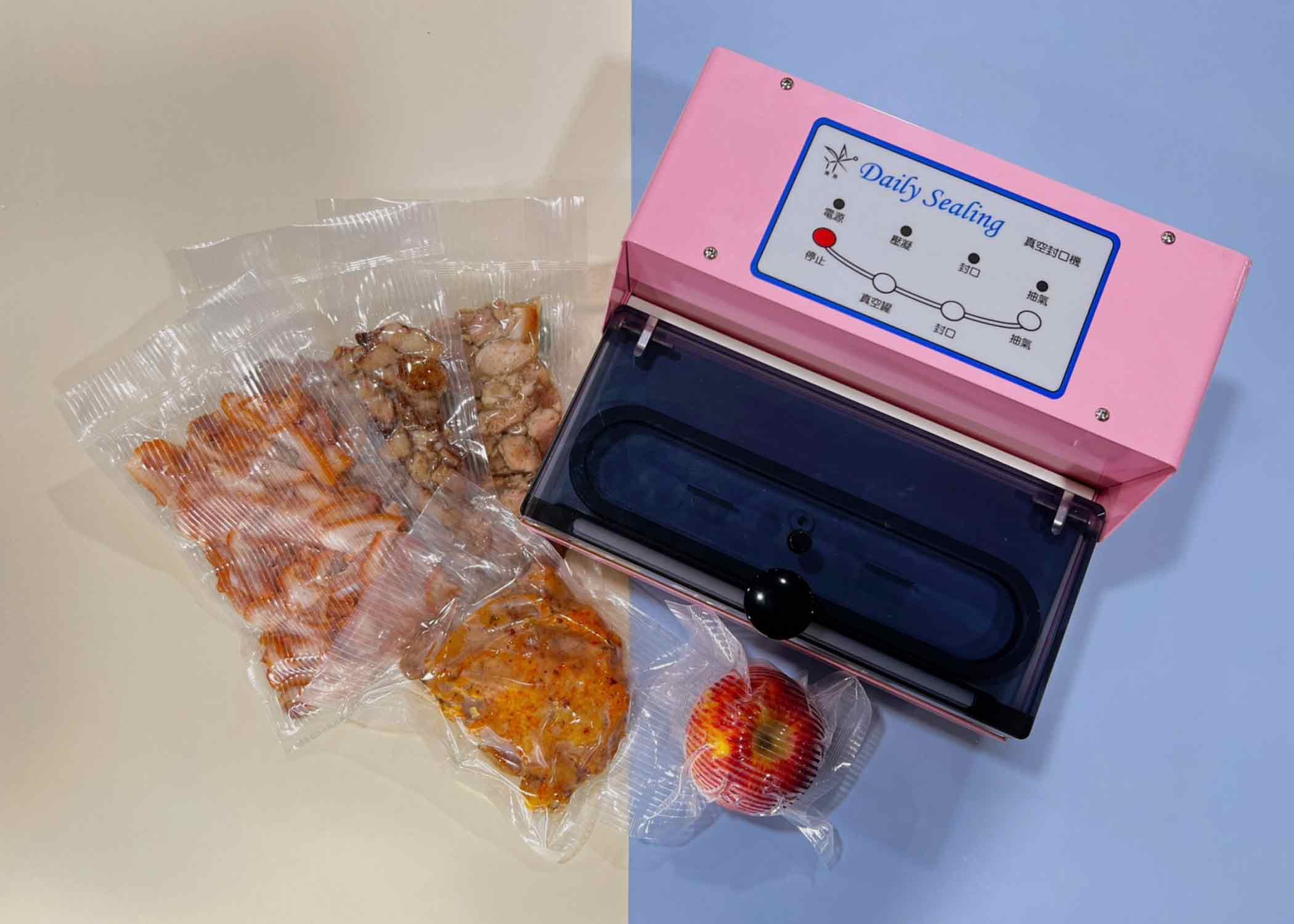CE Mark.
Sealing length: 20cm.
Available for: large and heavy package, aluminum foil bag, tinfoil bag, vacuum nylon bag, cellophane bag.
.jpg)
.jpg)
20cm Portable Constant Heat Sealer:
• Made in Taiwan.
• Machine: aluminum alloy material.
• Easy to operate:Portable operation, strong mobility, convenient to seal large package.
• Safe design:Equipped heat isolation for handle to prevent scalding operator.
• Temperature control:Thermostatic control, as per package material and degree of thickness to adjust increasing temperature for good sealing quality steadily.
• Available for: large package, aluminum foil bag, tinfoil bag, vacuum nylon bag, cellophane bag.
| Model No. | D-200DH |
|---|---|
| Sealing type | Constant Heat |
| Voltage/Ampere | 110V / 2.0A, 220V |
| Power | 220W(110V) |
| Max.sealing | Max. 200.0 x 12.0 mm |
| Machine weight | 1.57 kgs |
| Machine size | 200 x 330 x 115 mm |
| Sealing Temperate | 90 - 250℃ (adjustable) |
| Warm up time | 5- 10 mins |
20cm Portable Constant Heat Sealer:
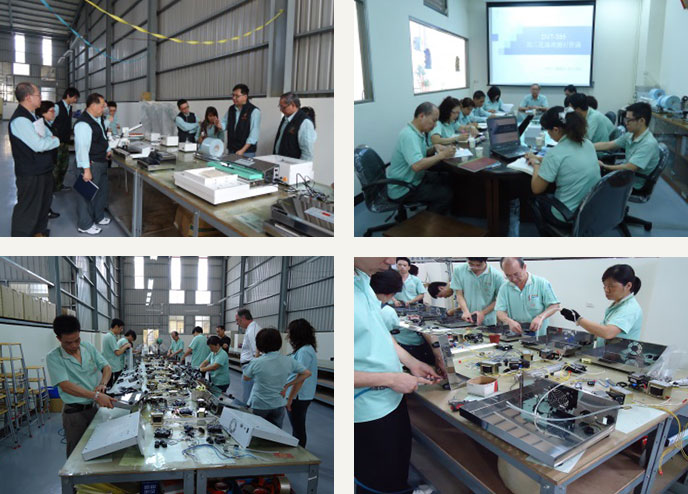
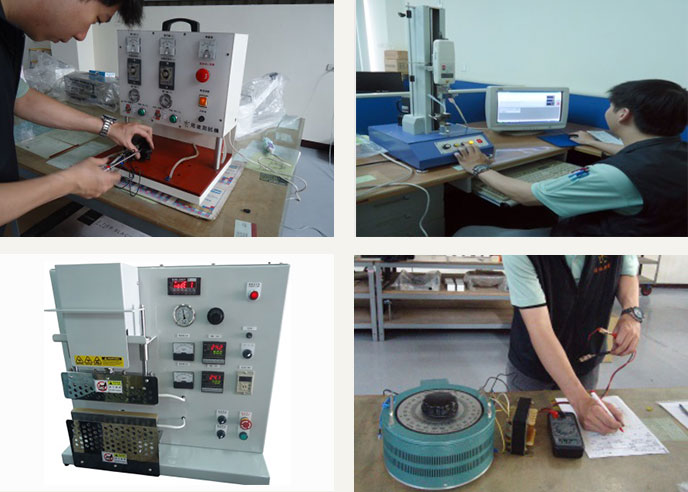
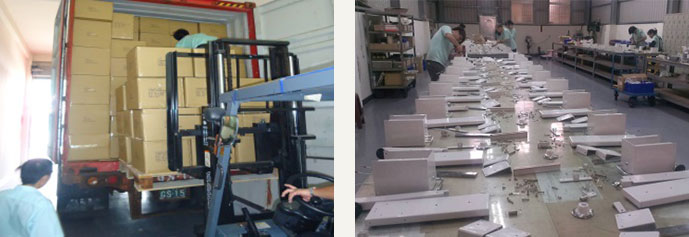
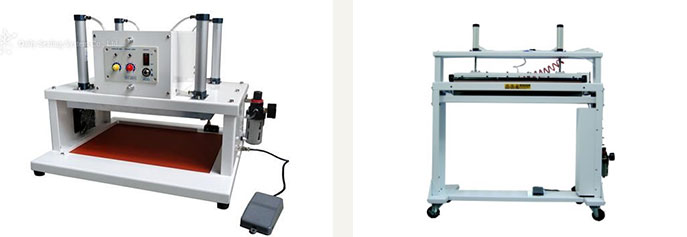
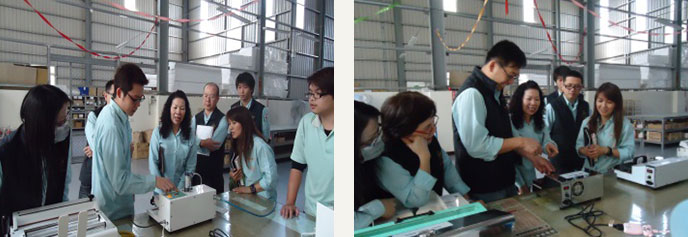
.jpg)
